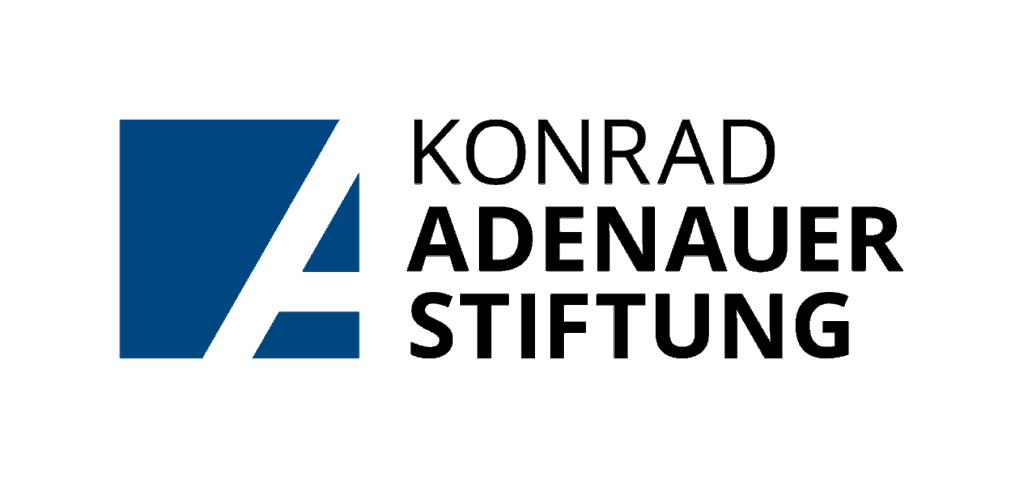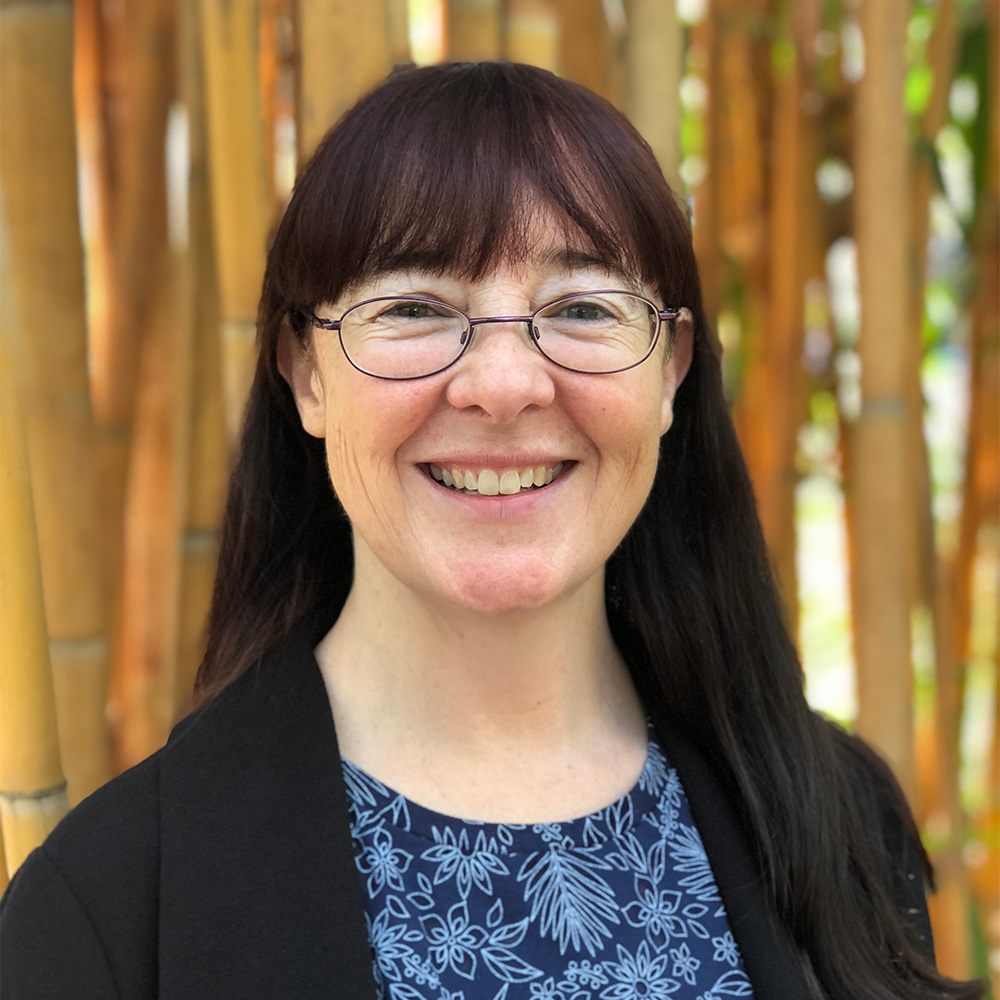In this section you will learn the fundamentals of audio editing, and discover software options for creating a great news piece or show.
Do I Need to Edit My Audio Story?
The short answer is ‘yes’. At the very least, you will need to trim the beginning and end, where you start and stop your recording or interview. You will make mistakes in your script. Interviewees will lose their train of thought or ask to start an answer again. Phones will ring. Dogs will bark.
As well as cleaning up these distractions, audio editing helps you choose the very best sections of an interview, and structure multiple interviews into a cohesive whole.
Audio Editing Tips for Beginners
Start with free editing software: It’s good to stick to low-cost or free while you decide whether this type of journalism is something you want to pursue. Audacity is a free, open-source software programme for Mac and Windows, and it has a comprehensive online manual. Here is a detailed tutorial:
Explore professional software options: For regular audio storytellers, a paid-for software programme will improve your workflow and enable you to do complex edits quickly. One of the most widely used programmes is Adobe Audition, which you can pay for monthly or annually. Here is a tutorial for beginners:
Master a hybrid workflow: If you or your guest record audio on a smartphone, you will need to receive the audio files on your laptop. If you are using Apple hardware, you can AirDrop from your phone to your laptop. Otherwise, we recommend a free app called SendAnywhere. It works on iOS, Android, Mac and Windows, and here is a short tutorial:
Respect the listener’s time: This tip will help you take out anything that’s not relevant to the story. Perhaps you can summarise a boring interview excerpt with a succinct section of script. Perhaps one interviewee has a better way of describing something than another. It can be tough deciding what to take out, but the listener will never know what you decided to cut.
Practice, practice, practice: The best way to improve your editing skills is to edit. Always listen with headphones as you edit, and listen back over each cut to make sure it is seamless.


